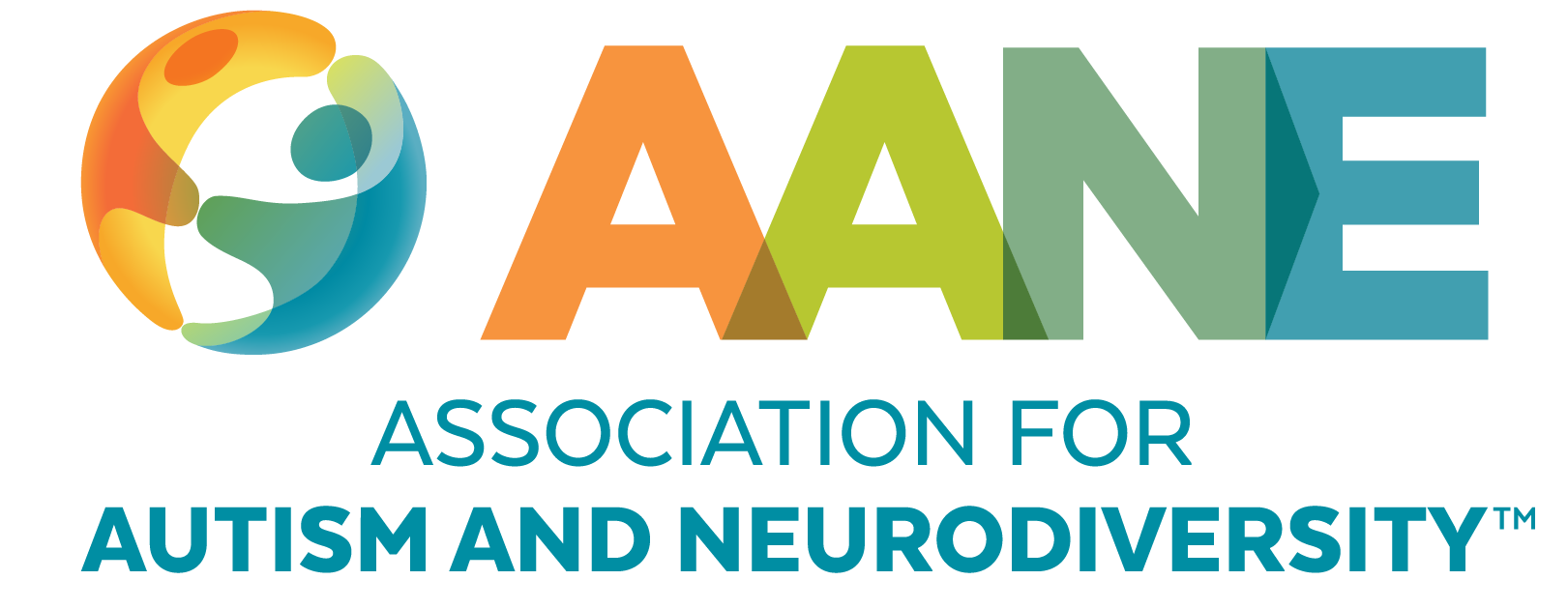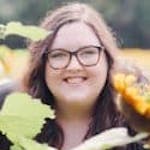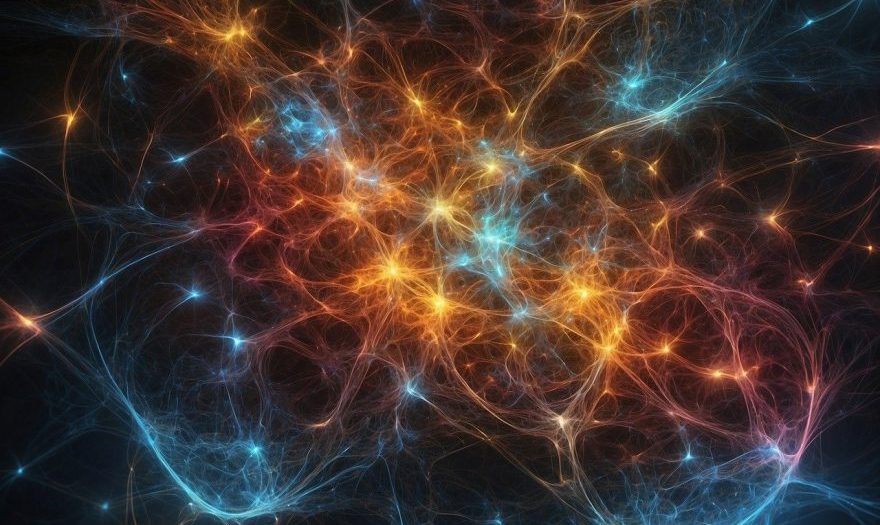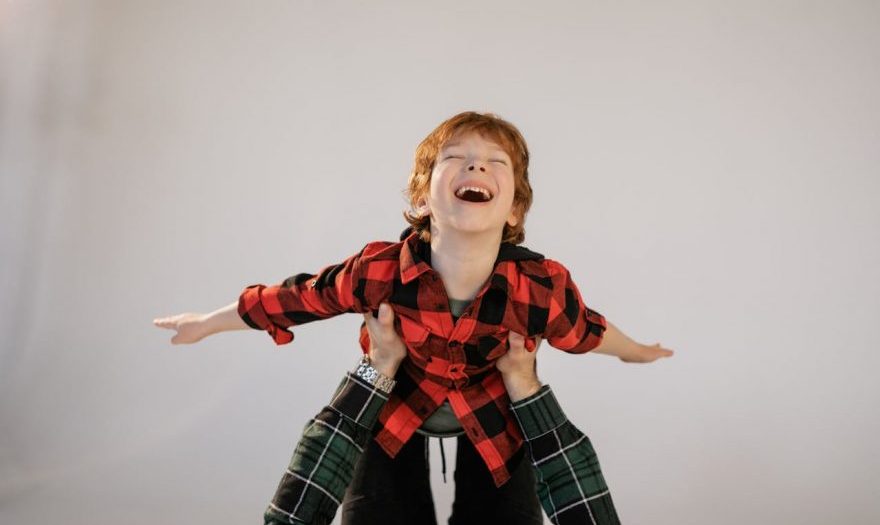
Autism + ADHD
About the Authors
Maggie Bowlby, M.Ed, is the assistant director of Individual & Family Services at AANE and has been at AANE since 2020. Maggie spent 8 years as a special educator in Massachusetts. She is passionate about amplifying Autistic voices and promoting neurodiversity affirming practices across contexts.
Jay Eveson-Egler, BA (they/them) is an Autistic self-advocate and parent. They’ve worked with neurodiversity-based organizations and individuals in a variety of age groups and stages of life. They have a depth of knowledge of LGBTQIA2S+ issues in the Autistic community. They have prior experience founding and facilitating neurodiverse peer support groups and remain active as an adviser with the Neurodiverse Students Association at Mount Holyoke.
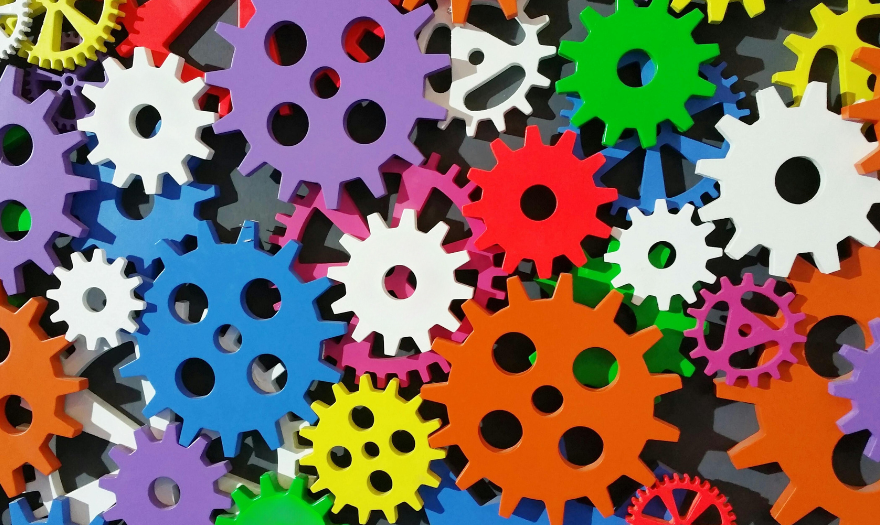
What is a Neurotype?
A neurotype is a fundamental aspect of a person’s identity that pertains to how their brain learns, communicates, and develops. More specifically, the term “neurotype” can be used to describe the kind of brain a person has or identifies as having. Neuro- meaning brain, and type- meaning what kind. It’s important to recognize that all neurotypes are equally valid, without any one being “better” or “worse” than another.
Much like race, gender, and sexuality, neurotype forms an integral part of an individual’s identity. Exploring and understanding your neurotype can provide personal insights into one’s unique strengths, support requirements, as well as how one perceives and processes the world.
Around 3.5-5% of the population has an ADHD neurotype, and 2% of the population has an Autistic neurotype. It’s estimated that around 50-70% of Autistic people have a combined neurotype and are both Autistic and ADHD.
What is ADHD?
ADHD, or Attention Deficit Hyperactivity Disorder, is a distinct neurotype characterized by nonlinear thought patterns as well as challenges with executive functioning. ADHD also encompasses a unique and valuable set of cognitive traits and patterns of attention. Individuals with ADHD may be creative, spontaneous, and show a keen ability to think in original and inspiring ways.
While ADHD can also present with many difficulties and challenges for individuals with the Neurotype, many of the difficulties associated with ADHD can be attributed to a lack of understanding and accommodation in a society that often prioritizes neurotypical ways of functioning.
ADHD individuals may frequently encounter difficulties in maintaining attention, especially in tasks that they find to be less engaging, which can pose challenges in conventional classroom or workplace settings. However, these difficulties can be mitigated with readily available accommodations for flexible work schedules, regular breaks, and assistive technologies. Additionally, ADHD can impact executive functions including planning, organization, and time management often leaving individuals feeling overwhelmed by rigid societal expectations in this area.
Some ADHD individuals may display hyperactivity and differences in how they act upon impulse, while other individuals may be inattentive to the things happening around them. Individuals with this neurotype may also excel in problem-solving, brainstorming, and art related activities.
What is Autism?
At AANE, we view autism through a Neurodiversity-affirming lens. The medical-model of disability describes autism as a disorder, emphasizing deficits. This model neglects the deep impact of ableism and stigma on Autistic individuals, as well as the many strengths associated with an Autistic neurotype.
In contrast to a medical-model lens, a neurodiversity-affirming lens recognizes that neurodiversity – the diversity of human brains – is normal, expected, and enriches our communities. A neurodiversity-affirming lens recognizes the many strengths associated with an Autistic neurotype while also appreciating that Autistic individuals face deep challenges and often have their needs denied and unmet due to inflexible systems, structures, and environments.
Similarities between ADHD and Autism
As Neurotypes, both Autism and ADHD significantly contribute to an individual’s view of themselves and their identity, shaping how they perceive and interact with the world. Under the social model of disability, both can be considered disabilities as societal factors can often create barriers for individuals with these neurotypes. There are also many characteristics that often overlap. Keep in mind that neurotypes are highly personal. These are some common traits of ADHD and Autism, but each neurodivergent individual may not experience all of these traits. Also the presence or absence of a single trait does not define an individual.

*See Rejection Sensitive Dysphoria (RSD)
Combined Autistic and ADHD Neurotypes (AuDHD)
Individuals with a combined ADHD and Autistic Neurotype might refer to themselves as AuDHD. AuDHD is a unique neurotype that encompasses individuals with unique experiences that may also meet the diagnostic criteria for both ADHD and Autism, or those whose experiences resonate with combined traits from both spectrums. Historically, clinical settings often disallowed a dual diagnosis of Autism and ADHD due to outdated medical standards and misconceptions. However, a significant shift has occurred with both the release of the DSM-5 in 2013 and with more research being done on the experiences of individuals who identify with this combined neurotype. While still clinically distinct, they exhibit overlapping characteristics experienced by individuals who are either Autistic, ADHD, or both, including differences in sensory processing, intense areas of interest, spontaneity, variability in executive functioning, non-traditional sleep patterns, and more as mentioned above.
Some AuDHD individuals describe their experiences with the combined neurotype as often being contradictory. For instance, some people describe having very intense emotions while simultaneously having difficulty defining and appropriately expressing them, or they might feel simultaneously overwhelmed by sensory information within their environment while likewise needing stimulation (feeling both under and over stimulated at the same time). AuDHDers might struggle with understanding neurotypical social norms while also overlooking social cues, making social interactions more difficult or confusing for them.
Additionally, an individual with this combined neurotype might experience more intense versions of certain traits of both Autistic and ADHD neurotypes. For some, it may feel like their perception of the world is fragmented, which can be both positive and negative depending on the situation. There may be moments in which an individual is surrounded by positive stimuli, which feels extremely rewarding, while in other situations the same stimuli might feel overwhelming or cause distress.
While AuDHD can be challenging for individuals, embracing the AuDHD neurotype highlights a multitude of positive attributes and strengths. AuDHDers possess a unique combination of talents and perspectives that benefit and contribute to the world around them. They may be exceptionally creative, deeply passionate, multitalented, and have a strong sense of spontaneity and adaptability. By recognizing and celebrating these strengths, individuals with the AuDHD neurotype can thrive and make meaningful contributions to various aspects of life and society.
If you’re interested in learning more about AuDHD, don’t miss the upcoming webinar by the authors, on April 2, 2024: Embracing Neurodiversity, AuDHD as a Unique Neurotype.
Stay Current
Subscribe for AANE weekly emails, monthly news, updates, and more!
